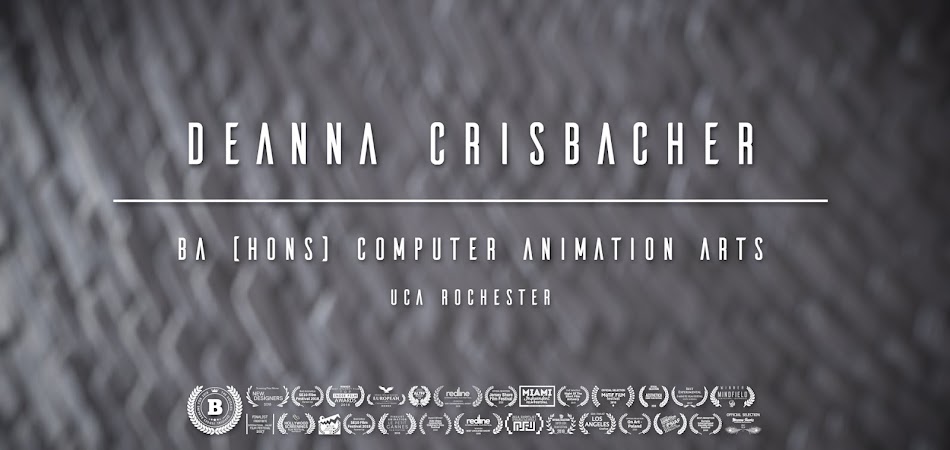| Fig 1. Persepolis (2007) |
Despite the very small team of animators working on the film, Persepolis suffered no problems related quality and it was nominated for an Oscar - only to lose to Brad Bird's Ratatouille (2007). Many people feel that this was a shame, "In this age of Pixar, it is good to be reminded that animation is rooted not in any particular technique, but in the impulse to bring static images to life. And 'Persepolis,' austere as it may look, is full of warmth and surprise, alive with humour and a fierce independent spirit. Its flat, stylized depiction of the world - the streets and buildings of Tehran and Vienna in particular - turns geography into poetry," (Scott, 2007). Persepolis had an element of elegance to it paired with its raw emotional impact. It provided the viewer with information that they may not have known of before, particularly for the western audience in Europe and the United States. Perhaps the reason why Persepolis lost the Oscar, despite the arguably more impactful story and animation (even with a small animation team), is due to this lack of compassion understanding to those who are different to us.
 |
| Fig 2. War |
Interestingly, Satrapi has lived in Iran, Austria, and France so she was able to see both eastern and western life. This granted her the unique position and ability to try and connect these two worlds so everyone could see both sides. She often struggled to fit in, no matter where she went she didn't feel like she belonged. She moved away from her family in Iran and began apartment-hopping in Vienna but then returned back to the oppressive condition of Iran once more and eventually moved to France. "Ultimately, Persepolis is concerned with the state of exile, a condition that, as evidenced in Marjane's teenage stabs at trying to ingratiate herself into various social scenes (nihilistic punk, groovy disco, anarchic hippie), hopelessly frustrated identity formation. The feeling of belonging to many places at once and yet none at all is omnipresent, creating an undercurrent of miserable friction that, as the lonely conclusion implies, can never be completely resolved," (Schager, 2007). This is part of how Satrapi was able to connect her audience to the film - the desire to belong somewhere but being unable to find it is something that every human being feels during their lifetime.
 |
| Fig 3. Marjane Satrapi |
Even though Persepolis may not be as optimistic as other animated films, the emotional authenticity, animation style, and adult themes remain impactful and entertaining. If treated with an open and accepting mind, it is easy to come out of the film with a better understanding of those who are different to ourselves and to not judge so quickly. It is truthful in its representation of the transformation from an innocent young child into a troubled teenager and then being thrust into the unpredictable adult world. Despite it not being the most cheerful, a sense of humour is still sprinkled throughout the plot to keep it from becoming too heavy. Through the use of Satrapi's original graphic novel style, they were able to achieve a visually and emotionally stimulating piece of art.
Bibliography:
Bradshaw, P. (2008) Persepolis At: https://www.theguardian.com/film/2008/apr/25/animation.drama Accessed on: 9/3/2017
Ebert, R. (2008) Persepolis At: http://www.rogerebert.com/reviews/persepolis-2008 Accessed on: 9/3/2017
Schager, N. (2007) Persepolis At: http://www.slantmagazine.com/film/review/persepolis Accessed on: 9/3/2017
Scott, A.O. (2007) In a Flat World, a Rebel With a Cause At: http://www.nytimes.com/2007/12/25/movies/25pers.html Accessed on: 9/3/2017
Illustration List:
Figure 1. Persepolis [Poster] At: http://kazbah.net/wp-content/uploads/2007/12/persepolis-poster.JPG Accessed on: 9/3/2017
Figure 2. War [Film Still] At: https://i1.wp.com/moviefail.com/wp-content/uploads/2013/12/Screen-Shot-2014-01-08-at-11.42.48-PM.jpg Accessed on: 9/3/2017
Figure 3. Marjane Satrapi [Film Still] At: https://thatsmymotto.files.wordpress.com/2010/03/vlcsnap-2010-03-13-03h12m33s96.png Accessed on: 9/3/2017

No comments:
Post a Comment